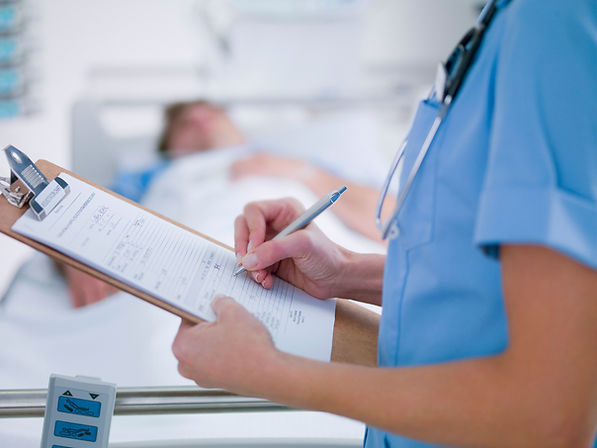781-429-7700 (P)
781-429-7701 (F)
team@ortho.boston

Arthroscopic Knee Surgery Postoperative Instructions
Wound Care
-
Pink drainage from the arthroscopy portals (incisions) is common after surgery. Fluid is used during surgery to distend the shoulder joint, and this fluid slowly leaks back out during the first 24-36 hours. Reinforce the bandage as needed.
-
You may remove the operative dressing 2 days after your surgery. Remove everything but the white tape strips directly on the skin (if they are there). These are “steri-strips” and should remain on.
-
After removing the dressing, apply Band-Aids over the wounds. Change the Band-Aids daily until the wounds are completely dry.
-
Do not use bacitracin or any other ointments on the wounds. Keep the wounds dry.
-
You may shower beginning 4 days after your surgery. Cover the wounds with a watertight plastic wrap and secure it to your skin with tape. Glad “Cling Wrap” or “Press’n Seal” works well. Do not get the incisions wet!
-
If the incisions are clean and dry 7 days after your surgery, you may shower with the wounds exposed to the water. Gently pat the surgical area dry.
-
Do not soak the knee in water. You should not take a bath, go swimming, or go in the ocean until cleared by Dr. Hartshorn. These activities are usually allowed 2 weeks after suture removal.
Activity
-
Your activity level after surgery will depend on the type of operation performed. Dr. Hartshorn will inform you after your procedure as to what activities you can perform.
-
Even if you are “weight bearing as tolerated” and are allowed to put all of your weight on your knee, you still may require crutches for walking until your pain improves.
Medications
-
You will be given a prescription for a narcotic (opioid) medication to help with pain relief (refer to the opioid policy).
-
In the first two weeks after surgery, it is preferable to take the prescribed medication over regular anti-inflammatory medications like ibuprofen (Advil), naproxen (Naprosyn), Mobic, and Celebrex. These medications could slow the healing process.
-
Take a baby (81mg) enteric coated aspirin starting the day after surgery. Take one pill a day and continue for 2 weeks. This is to help prevent blood clots since you will not be moving as much after surgery.
-
Do not take the baby Aspirin if you currently are already taking Aspirin or another blood thinner (Coumadin, Plavix, etc.) or are allergic to aspirin.
Ice Therapy
-
Cryotherapy (cold therapy) is a very important part of pain control after surgery.
-
The cold temperature will help control swelling and reduce pain.
-
Use an ice pack or cold therapy unit for 20 minutes, 4-6 times a day until the swelling is down and pain is improved.
-
Most patient use ice therapy for an average of 7 days following surgery.
Driving
-
Absolutely no driving while taking any narcotic (opioid) pain medications (Vicodin, Percocet, Oxycodone, etc). These medications impair your ability to safely drive a vehicle.
-
Your ability to drive will depend upon on which side the procedure was performed as well as the extent of the surgery. Dr. Hartshorn will discuss this with you in clinic after your surgery.
Follow-Up
-
Please call the office to make or confirm your postoperative appointment.
-
The first appointment is usually 5-14 days after the surgery but may vary depending on the nature of the procedure.
-
Subsequent appointments are usually at 6 weeks, 3 months, 6 months, and 1 year after surgery.
-
If you received arthroscopic pictures from your surgery, please bring them with you to your first post-operative visit. We will review these with you and outline your physical therapy protocol at that time as well.
Please Notify Our Office Immediately if any of the Following Occur:
-
Excessive bleeding from the incision site
-
Drainage from the incision more than 5 days from the surgery.
-
Poor pain control with your medications.
-
Numbness or tingling of the hand not related to bruising. If you had a nerve block, then numbness and tingling is expected for the first 48 hours.
-
Fever > 101.5° after postoperative day #3. It is common to have an elevated temperature for the first couple of days after surgery.
-
Increased redness along incision or concern for infection.
-
Calf pain or leg swelling.
-
Shortness of breath.
-
Any other concerns or questions.